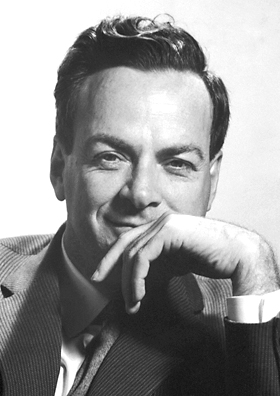After checking into the Vagabond Inn, I texted Peter, my contact on Caltech who had invited me, telling him that I had arrived.
"I've been invited to Caltech," I'd told my uncle in Tucson. He was an electrical engineer, so he understood.
"Of course the person who invited me is a freshman physics major," I added. "But I'm fine with that. You gotta start somewhere."
Indeed. Peter was the son of an old classmate of mine at Willamette, one who now lives in Forest Grove outside Portland. Peter is high-achieving and highly intelligent, and had even done lab work at Portland State while in high school. It was no surprise that he'd been admitted to Caltech. When his father, my classmate, mentioned that Peter was expecting me to visit him sometime during his freshman year, I immediately replied that it was an absolute certainty that I would take him up on the offer.
 |
| The Millikan Library |
Yet few physicists could resist the allure of getting a personal tour of place where, among many other things, Robert Millikan performed the famous oil drop experiment that first measured the charge of the electron. The tallest building on campus---the library---is named for him.
The list of famous physicists who have worked here throughout the last century is staggering. Among the most famous, of course, was Richard Feynman, one of 32 Nobel laureates that this place has produced (not that the Nobel Prize is always the best indicator of scientific significance).
Feynman drove to campus in an old van covered with the diagrams that he had invented after World War II to model quantum particle interactions. His significance transcends his work in physics, to the point that he has become a folk hero. Tributes to him are all over campus. Peter said the local Ross clothing outlet has a mural about him inside the store.
 |
| Richard Feynman |
As I explained to Peter, it was one of the snobbish reasons that I had left physics after finishing my post doc in Austin in 1999---I had grown accustomed to being around such awesome minds---geniuses in the office right next door---and I had come to depend upon that kind of environment to inspire me..
I've learned I tend to work best when being challenged that way, even if it's something sort of phony. Even back in high school, it was that way---"Home of the Champions" with a glass case filled with long tarnished trophies over the decades. I suppose that's a classic example of foma, as Vonnegut would say (in a novel that was ostensibly about a fictionalized version of Feynman himself), but as I've said before, I'll take and use that leverage for my own purposes.
But like I said too, Caltech ain't foma at all. It's real, just like the electron-positron scattering depicted n the Feynman diagram below, and for three beautiful days last week fate allowed me to wallow in it.


No comments:
Post a Comment